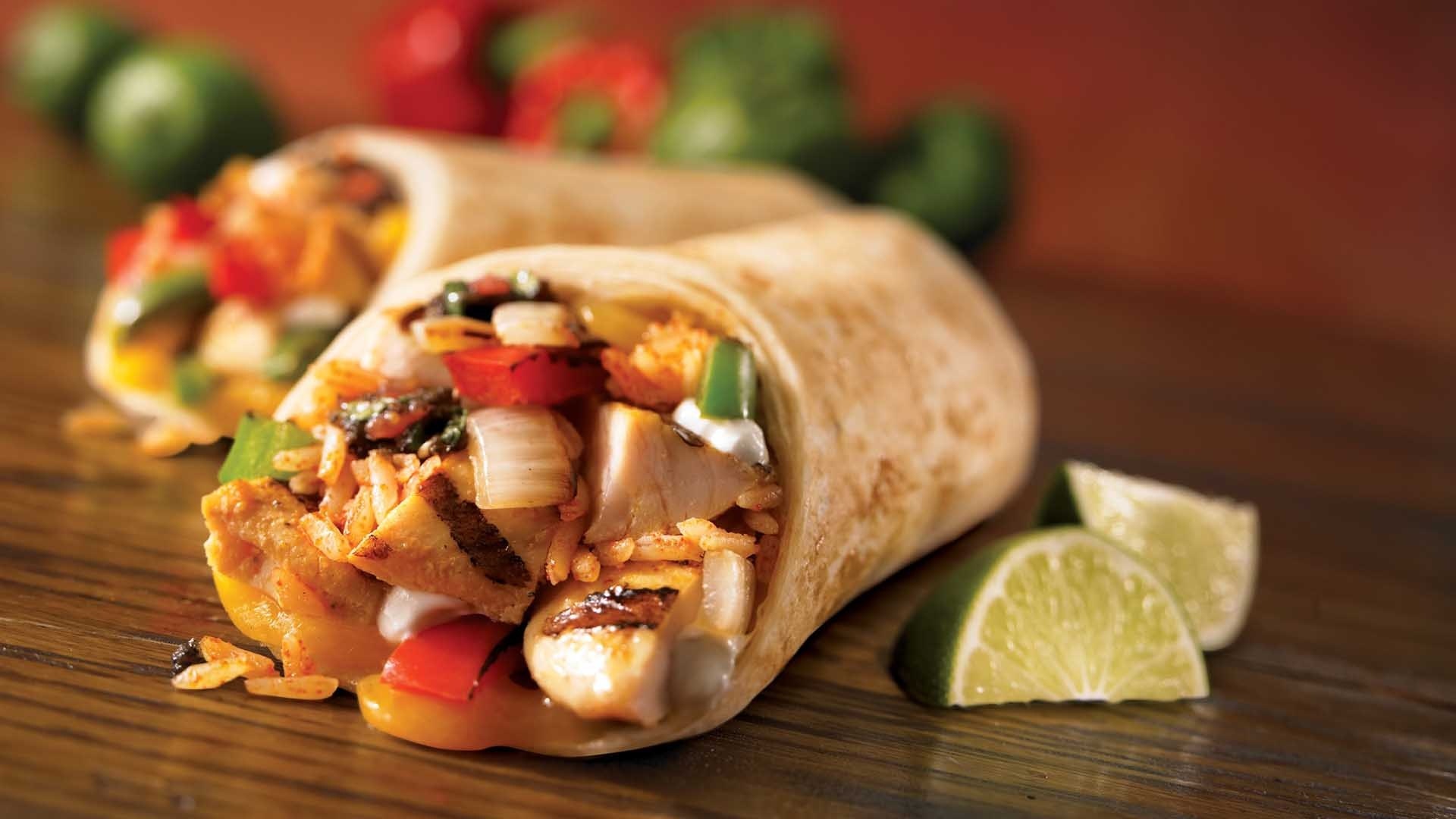The many faces of Tex-Mex cuisine and its influence on American food culture

Tex-Mex cuisine has popped up all over the world — from Mexico to Australia, Canada, and the United States. While the term “Tex-Mex” may conjure up images of carne asada (grilled beef) fries, sopa de pescado (fish soup), and enchiladas, the variety of tacos and quesadillas found throughout North America can also be Tex-Mex. The many flavors of Tex-Mex cuisine and its influence on American food culture are explored in this article.
What is Tex-Mex cuisine?
Tex-Mex cuisine is a blend of Mexican and American food. While it may come to mind as a result of its association with American food, Tex-Mex is also influenced by Mexican cuisine. The term “Tex-Mex” was first used to describe cuisine from the northern Mexican state of Coahuila. As the name suggests, the food is heavily influenced by the state’s border with Texas. According to food historian Anson Millspaugh, the origins of Tex-Mex can be traced to the alleys of Mexico City, where empresarios and merchants in the late 19th century mixed with laborers and shopkeepers to form a common language and flavor profile.
New American Tex-Mex
New American Tex-Mex is a sub-genre of the overall category. Fusing elements of both Mexican and American food, this style of Tex-Mex is popular in the United States, particularly among White Americans and people of eastern European descent. The most notable New American Tex-Mex restaurant is El Sabor Latino, located in Miami. Other New American Tex-Mex joints include Los Angeles’s Sombrero, Las Vegas’s El Churro, and New York City’s Papi’s.
Southwestern Tex-Mex
Also known as “soul food” Tex-Mex, this style of cuisine is normally associated with the Southwest. The most common ingredients in this style of Tex-Mex are tacos, enchiladas, and chile rellenos. Among the most popular dishes in this style are the steak taco and the flauta de papa. Other common dishes include nopales (papaya slices), mole (cocoa and pepper paste), ground beef or steak with lettuce, tomatoes, and onion.
Mexican Tex-Mex
Mexican Tex-Mex is unique among the sub-genres in that it includes both Mexican and American elements. Right off the bat, one might notice the influence of American-style sandwiches such as the Congressional, the corned beef and cabbage, and the turkey sub. In addition to sandwiches, other American-style foods such as hot dog and hamburgers are often used in the creation of Mexican Tex-Mex dishes. Mole poblano, for example, is a common offering in Mexican Tex-Mex.
Central and South American Tex-Mex
As the name suggests, Central and South American Tex-Mex blends elements of both Mexican and American cuisine. It is popular in Central America, particularly among people of Mexican descent, and in South America, particularly within the Colombian and Venezuelan borders. One popular Central American dish, for example, is the nacho frito, which consists of a corn tortilla filled with cheese, guacamole, and salsa. Other popular items in this style of Tex-Mex include taco salad, sopa de pescado (fish soup), and empanadas ( turnovers filled with meat, vegetables, and cheese).
Oaxacan Tex-Mex
Excluding Mexican and American-influenced Tex-Mex, Oaxaca Tex-Mex is the only other style of Mexican cuisine to be included in this roundup. The origins of this cuisine are frequently traced back to the pre-Columbian era. The origins of Oaxaca Tex-Mex are often traced back to the Valley of the Kings, where the oldest surviving Mexican foods are found. Oaxaca’s cuisine is characterised by its rich and complex use of spices.
Costa Rican Tex-MX
Also known as “The Queen of Central America”, Tex-Mex has established a foothold in Costa Rica and claims to be the best-selling restaurant in the country. This may be due to its emphasis on Mexican-inspired dishes, including chile relleno, sopa de pescado (fish soup), and enchiladas. One of the more unusual items on the Costa Rican Tex-Mex menu is the guisado (stewed meat).
The Salvadorian Tex-Vegas
The first African-American to win the Nobel Prize for literature, and author of the classic novel “The Jungle”, Jungle Jim, was also an expert on animals. In keeping with his environmentalist leanings, he also helped found the Las Vegas Valley Land National Conservation Area. This desert-like area is home to both hiking and nature tours, as well as water sports. Among the most popular species in the area is the savanna buffalo, which is featured in steak and sopa de pescado (fish soup) dishes.
Conclusion
While its origins are unclear, Tex-Mex is one of the most recognizable and popular types of American cuisine. The diversity of the cuisine and its use of both American and Mexican ingredients makes it a valuable contribution to American cooking. According to food historian Anson Millspaugh, the origins of Tex-Mex can be traced back to the alleys of Mexico City, where empresarios and merchants in the late 19th century mixed with laborers and shopkeepers to form a common language and flavor profile. By making use of both American and Mexican ingredients, Tex-Mex is also uniquely suited to the growing demand for authentic Mexican food in the United States.






